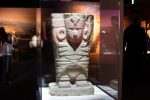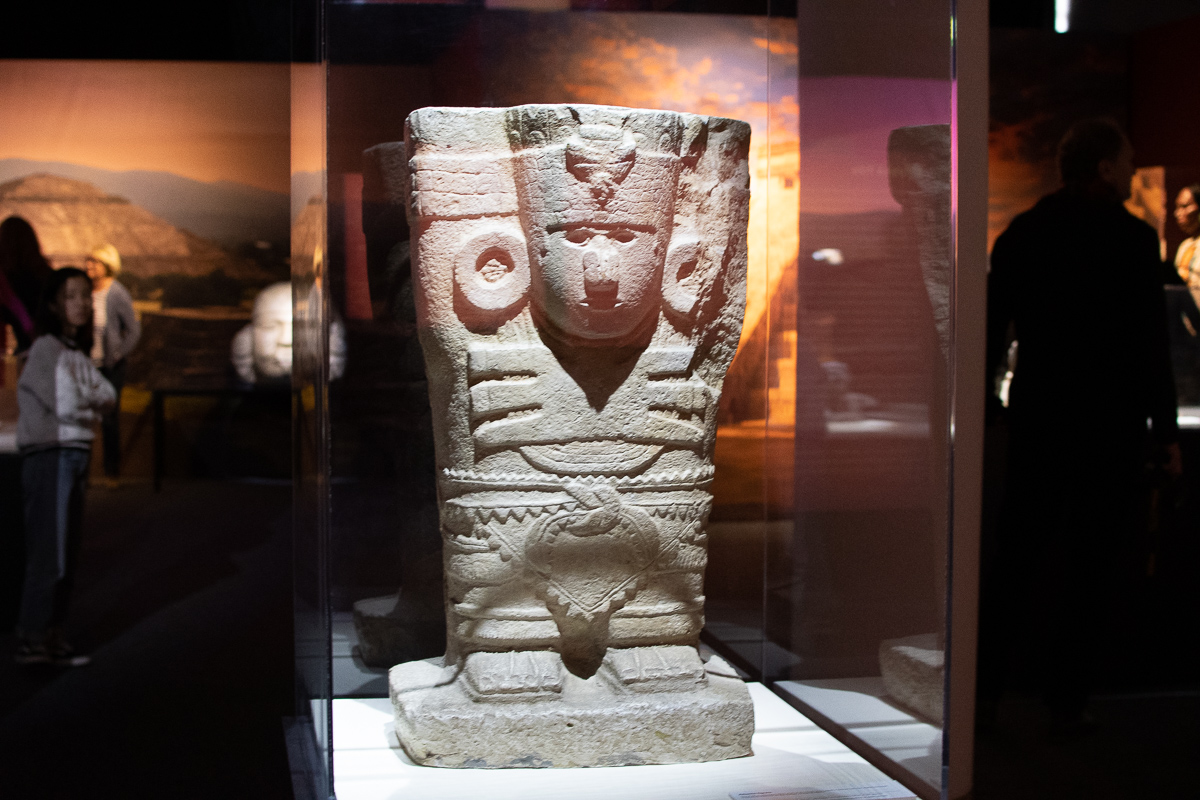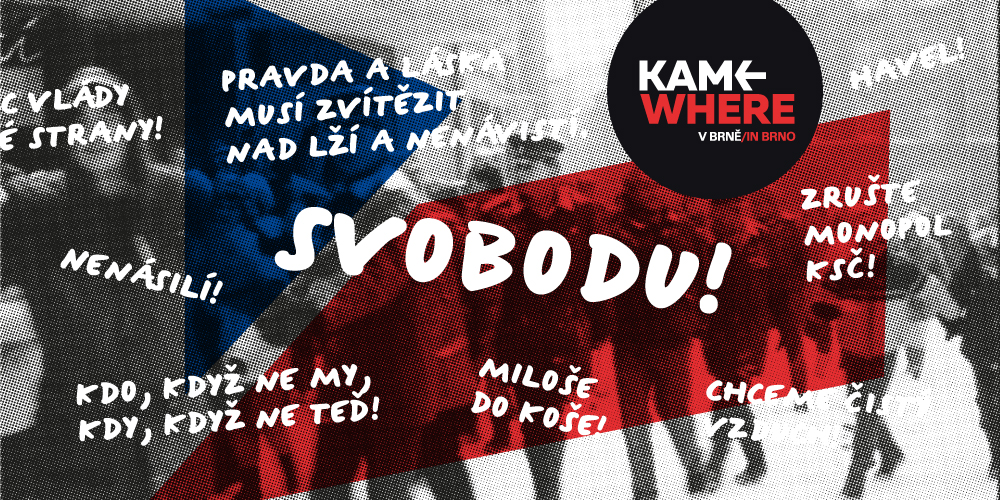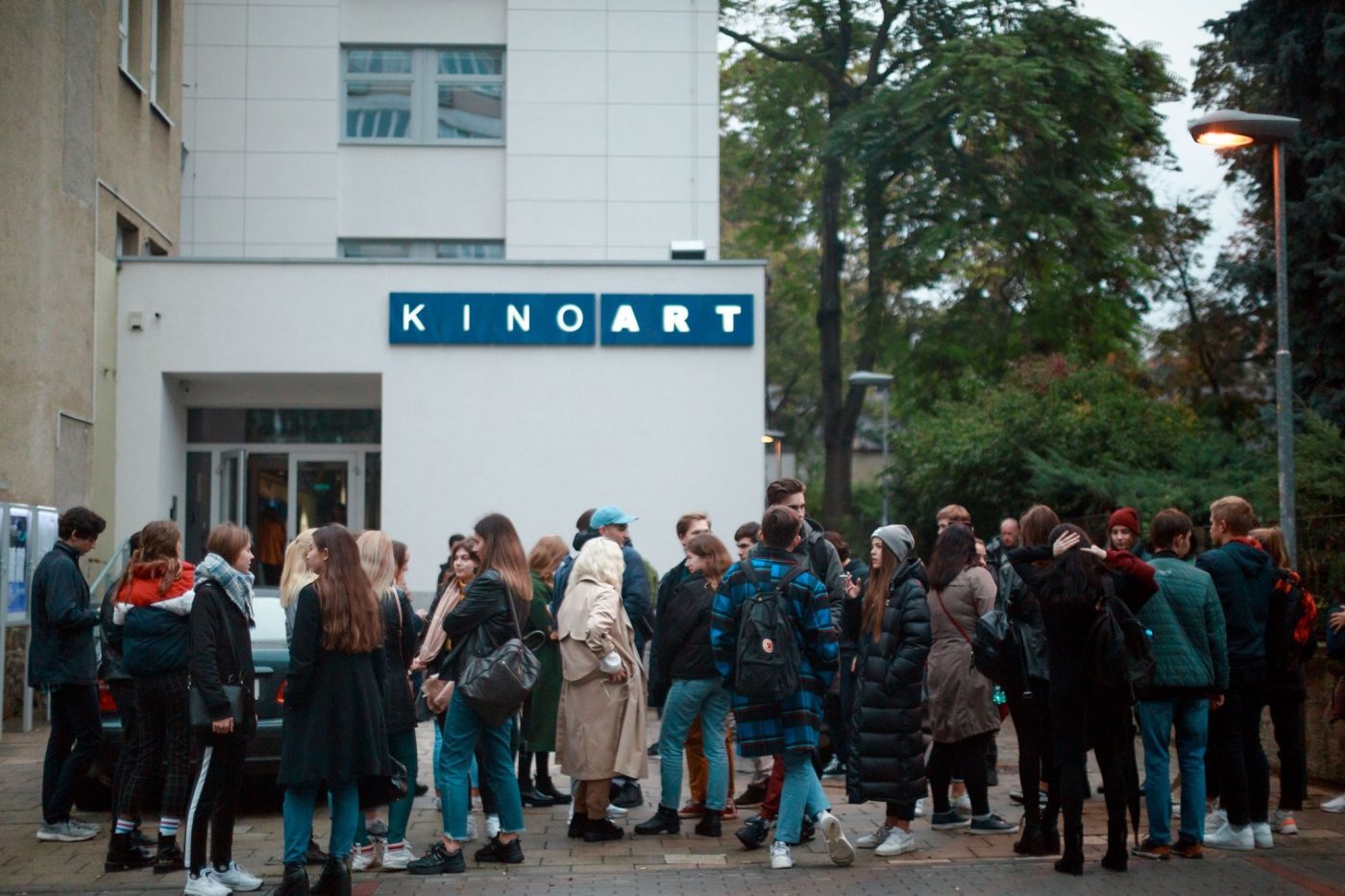“Moravian Autumn” began last Sunday with an incredible performance from the Ictus Ensemble, the Collegium Vocale Gent and the superlative Suzanne Vega. Photo: Moravian Autumn – Einstein on the beach. Vojtěch Kába / courtesy of Filharmonie Brno.
The proposal makes us ask: how is a scientific theory experienced? According to the wishes of composer Philip Glass, it was possible to enter and leave the room at any time during the performance last Sunday at Boby Centrum, and most of those who left did not return to the hall. So when, after a performance of almost three and a half hours, the audience rose with unbridled enthusiasm and only a few empty spaces, I understood the judgment the piece had received when it was first performed; it was too ahead of its time to be judged in the right way.
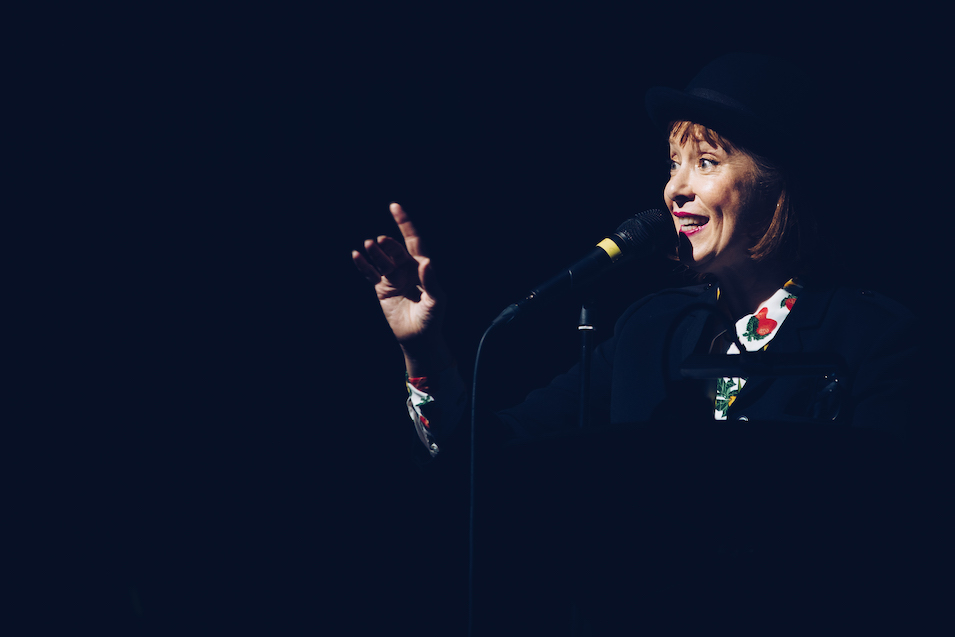
Time and the theoretical formulations of physicist Albert Einstein seem to be the basis of the work of Robert Wilson and Glass. In fact, beyond the aesthetic formulations and techniques assigned to minimalism, listeners are invited to be struck by the physicality of the sound and the experience derived from this event. I had to dig deep into my memory to recall a similar experience, although from a very different musical culture, a concert by the Irish band My Bloody Valentine, with its enormous volume discharge, immersed in the magma of the repetition of brief motifs of harmonic statism, the same repetition we had in this opera. So the Sunday performance at Moravian Autumn made me wonder: can we experience a scientific theory? How does the sound in our hippocampus affect our experience over time? We were, without a doubt, faced with an offering that invited the listener to a reception that had little to do with traditional hospitality and everything with the intention of immersing it in a new dimension in which the position of the facts, both in space and in time, were (and are) related to the state of consciousness. That is: Einstein’s theory of relativity, organologically symbolized in the work by the presence of a violin.

It seems he was in Paris during Glass’s training with Nadia Boulanger, where the composer was fascinated by the sitarist Ravi Shankar and Hinduism. Few works seem to be as close as Einstein on the beach to wanting to erupt into an immense mantra, a Sanskrit term meaning “free the mind”. A mind that, in the West, usually behaves like a monkey jumping from one branch to another and loses the connection with the main trunk of the tree. The radical and pure version of exquisite and superlative Ictus Ensemble, Collegium Vocale Gent and Suzanne Vega brought us to a state of profound concentration that made this new state of consciousness possible, known in Sanskrit as Dharana. The dharana that makes us aware of the impossibility of “measuring the waters of the oceans with a spoon”.

What other extraordinary experiences will allow us to feel the Moravian Autumn? It seems certain that we have many more high quality performances to come.
Get the news first! Subscribe to our daily newsletter here. Top stories of the day in your mailbox every morning.
